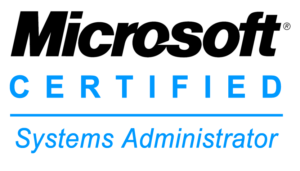Overview
Using virtualization technologies certainly sounds exciting when it comes to your Domain Controllers in a Windows Server 2016 environment. After all, think about scalability. You need more of it, just clone an existing Domain Controller and add the additional clone to your infrastructure.
The Steps
To ensure cloning is a success, Microsoft outlines a process for us and provides us with some new tools.
Step 1: On the virtual machine you want to clone (the source VM), run the Get-ADDCCloningExcludedApplicationList cmdlet. This shows you services and applications you might have installed on the Domain Controller that do not support cloning. Uninstall any that are true concerns.
Step 2: Rerun Get-ADDCCloningExcludedApplicationList with the -GenerateXml and -Path arguments in order to create an allow list XML file.
Step 3: Add your source VM you want to clone to the Cloneable Domain Controllers group. You can use the Add-ADGroupMember cmdlet or the GUI for this.
Step 4: Create a cloning configuration file for your new system. This XML file provides parameters like computer name and IP address for the new virtual machine. The easiest way to create this file is to use the PowerShell cmdlet of New-ADDCCloneConfigFile cmdlet.
Step 5: Shut down your source VM and duplicate it to create your clone. I recommend the Export and Import approach for the VM to ensure you get all your snapshots and other goodies.
Step 6: Boot your cloned Domain Controller and watch as the process of AD Cloning completes at startup.

